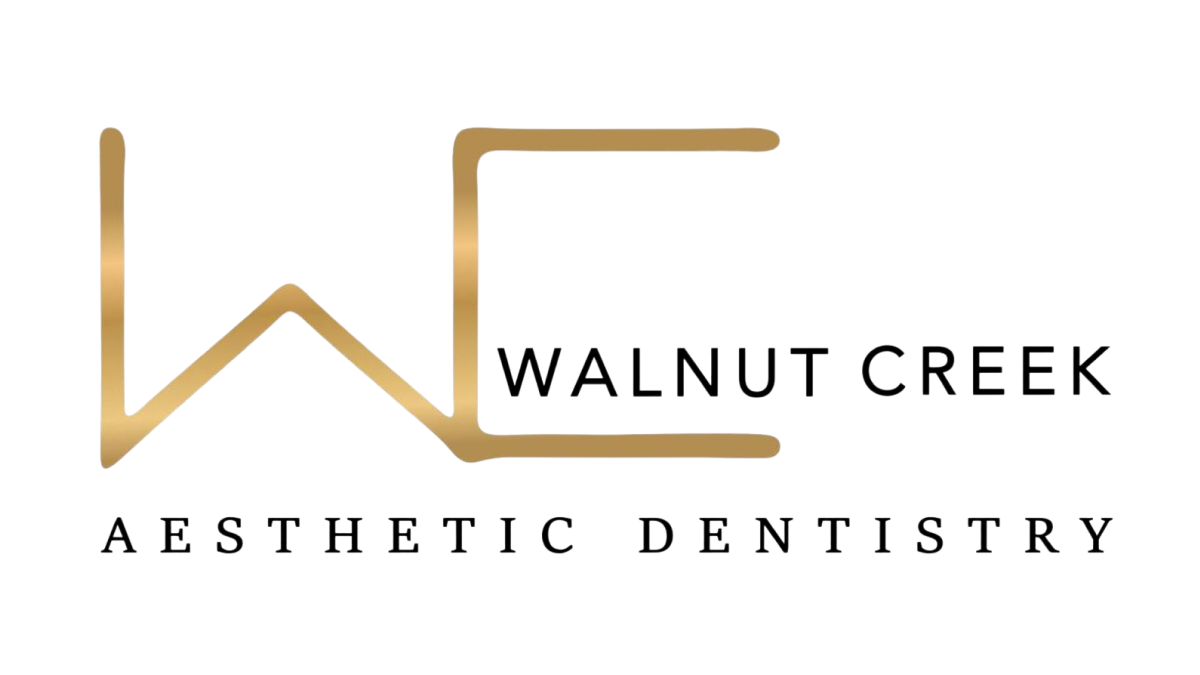
Is It Just a Toothache, or Is Something Bigger Going On?
You brush. You floss. You go to your cleanings. But something still doesn’t feel quite right. A tooth feels off. A bite seems uneven. Maybe you’re hiding your smile more than usual. The truth is, oral issues can brew quietly until they demand attention—and by that point, they often require more than a quick fix. That’s where dental restorations come in.
Dental restorations aren’t just about repairing damage. They’re about preserving function, protecting health, and giving patients confidence in their smiles again. Whether you're dealing with decay, missing teeth, or chronic sensitivity, restorative treatments help rebuild what’s been lost and stop the cycle of deterioration.
What Are Dental Restorations?
Dental restorations refer to procedures that repair or replace teeth that have been damaged due to cavities, fractures, trauma, or disease. While minor issues might only need surface-level attention, deeper damage can affect the tooth’s structure, roots, or alignment with other teeth.
Restorations serve both functional and aesthetic purposes. They restore your bite, reduce pain, improve chewing ability, and protect neighboring teeth from shifting or stress. Depending on the severity and location of the problem, your dentist might recommend crowns, bridges, implants, dentures, fillings, or root canal therapy.
At Walnut Creek Aesthetic Dentistry, the goal isn’t just to patch things up—it’s to restore lasting health and natural appearance with a personalized, comfort-focused approach.
How Do I Know If I Need a Restoration?
You don’t need to be in pain for something to be wrong. Many patients delay care because the problem isn’t “that bad.” The signs are often subtle at first: a tooth that looks darker than the rest, gums that bleed in the same spot, or a molar that feels rough. These clues may be your body’s quiet call for help.
Other signs that may suggest you need dental restoration include:
- A tooth that’s cracked, chipped, or worn down
- A gap left behind from a missing tooth
- Difficulty chewing or lingering sensitivity to hot and cold
- An old filling that has fallen out or no longer fits properly
- Unexplained jaw soreness or uneven bite pressure
Are Restorations Just Cosmetic?
It’s easy to assume dental restorations are just about looks. While a beautiful smile is certainly a benefit, restorations go far beyond surface-level improvements.
Think of them as structural reinforcements. For instance, a dental crown restores a weakened tooth’s integrity, shielding it from further stress and wear. A bridge doesn’t just fill a gap—it prevents surrounding teeth from shifting, which can throw off your bite and cause TMJ issues. Implants help maintain jawbone density by mimicking the natural root of a tooth, something no denture can do alone.
Cosmetic improvements are the bonus; the foundation they provide is the main event.
What Happens If I Don’t Treat a Damaged Tooth?
The mouth doesn’t fix itself. A small cavity may not seem like an emergency, but it can easily spread into the pulp of the tooth, triggering infection, pain, and eventually requiring a root canal—or worse, extraction. A missing tooth left untreated can cause neighboring teeth to drift, leading to misalignment, uneven wear, and bite issues. Even small cracks can allow bacteria inside, setting off a chain reaction of decay.
Avoiding treatment might seem like saving time or money, but it usually ends up doing the opposite. The longer you wait, the more complicated—and costly—the solution can become.
What’s the Right Option for Me?
The best restoration depends on your specific oral health, lifestyle, and long-term goals. A small cavity might be fixed with a tooth-colored composite filling. A badly damaged tooth may need a full-coverage crown. If you're missing teeth, implants or fixed bridges could offer stability and natural function. For multiple missing teeth, partial or full dentures might be more suitable.
Every smile tells a different story, and at Walnut Creek Aesthetic Dentistry, no two treatment plans are exactly alike. What matters most is that you feel heard, your goals are respected, and the outcome leaves you comfortable and confident.


